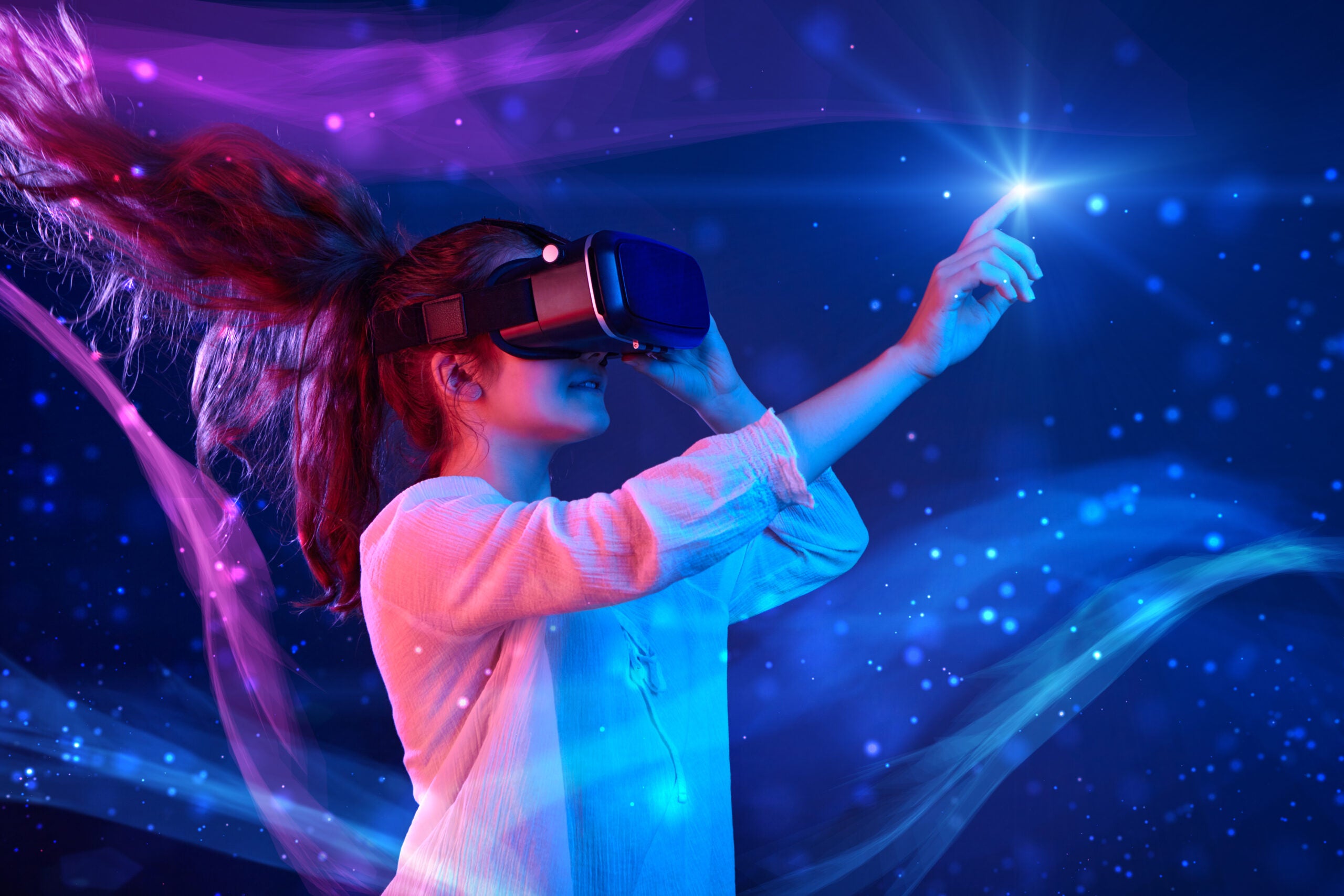User interfaces (UI) have come a long way since the early days of computing. From command-line interfaces to graphical user interfaces (GUIs) and touchscreens, the evolution of UI has been driven by advances in technology and an increasing understanding of human-computer interaction. As we stand on the brink of a new era marked by emerging technologies such as augmented reality (AR), virtual reality (VR), voice assistants, and artificial intelligence (AI), it's crucial to explore the future trajectory of UI and its implications for digital experiences.
Immersive Experiences with Virtual Reality
Augmented reality (AR) and virtual reality (VR) technologies are poised to revolutionize the way we interact with digital content. AR overlays digital information onto the real world, enhancing our perception and understanding of our surroundings. VR, on the other hand, immerses users in entirely virtual environments, offering unparalleled opportunities for exploration and interaction. The future of UI in AR and VR will focus on creating intuitive and immersive experiences that seamlessly blend digital and physical elements, enabling users to interact with information in novel and meaningful ways.
Voice Interfaces and Natural Language Processing
Voice interfaces powered by natural language processing (NLP) are rapidly gaining traction, thanks to advancements in AI and machine learning. Voice assistants such as Amazon Alexa, Google Assistant, and Apple Siri have already become integral parts of our daily lives, allowing us to perform tasks, search for information, and control devices using voice commands. In the future, UI will increasingly rely on voice interactions, enabling users to communicate with technology in a more natural and conversational manner. As voice recognition technology continues to improve, we can expect voice interfaces to play a central role in shaping the future of UI across various devices and platforms.
Gesture-based interactions and haptic feedback have the potential to redefine how we interact with digital interfaces. Gesture recognition technologies enable users to control devices and applications using hand gestures, body movements, and facial expressions, offering a more intuitive and immersive user experience. Haptic feedback, meanwhile, provides tactile sensations that simulate the sense of touch, adding a new dimension to UI by allowing users to feel and manipulate virtual objects. In the future, UI will integrate gesture-based interactions and haptic feedback to create more engaging and responsive digital experiences that bridge the gap between the physical and virtual worlds.
Personalization and context awareness will be key drivers of future UI design, enabling interfaces to adapt dynamically to individual users and their changing contexts. By leveraging data analytics, machine learning, and sensor technologies, UI will be able to anticipate user needs, preferences, and intentions, delivering tailored experiences that are relevant and timely. Whether it's recommending content based on past behavior, adjusting interface elements based on environmental factors, or providing contextual assistance in real-time, future UI will prioritize personalization and context awareness to enhance user engagement and satisfaction.

The future of user interfaces promises
The future of user interfaces promises to be exciting and transformative, driven by a convergence of emerging technologies and a deeper understanding of human behavior and cognition. From immersive experiences in augmented and virtual reality to voice interfaces, gesture-based interactions, and personalized interfaces, the possibilities are endless. As designers, developers, and technologists, it's our responsibility to embrace these opportunities and chart a course towards a future where UI empowers users, enhances productivity, and enriches lives. By staying curious, creative, and collaborative, we can shape tomorrow's digital experiences in ways that are both innovative and human-centric.



